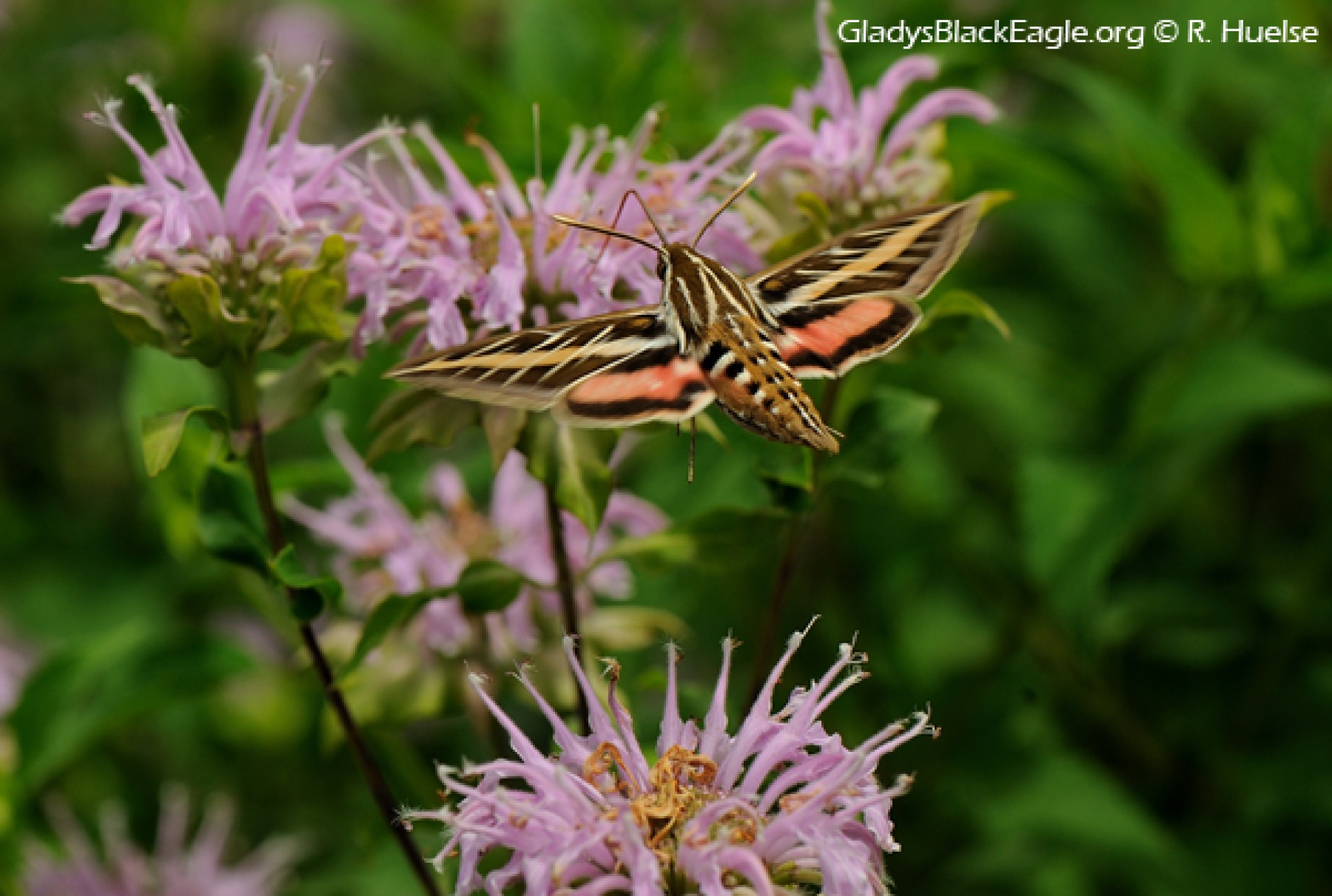What do insects learn at school?
Marla Mertz, Marion County Naturalist
National Pollinator Week is always held in June. That was timely in the awareness of our pollinators and the prairies exploding with vivid yellows, and purples. With all of the education and awareness about our native pollinators, it appears that it was, and still is, being celebrated.
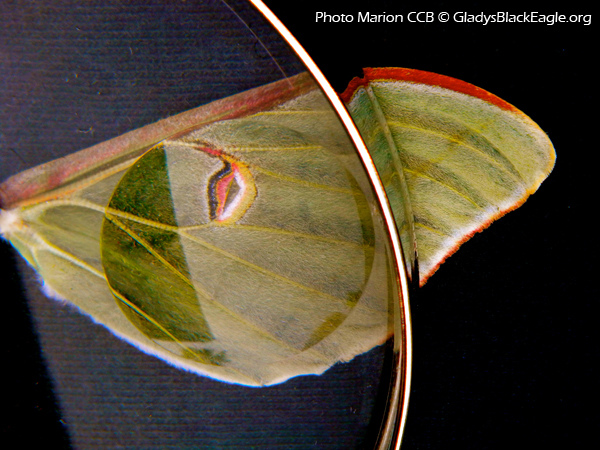
July brings the Annual National Moth Week – a worldwide celebration of moths and biodiversity. You can observe and discover on your own or you can become a citizen scientist and contribute scientific data about moths in your own backyard. In 2015, awareness is focused on sphinx moths, commonly called hawk moths. Sphinx moths are probably the most colorful and delightful of our moths. Iowa has a few species of hawk moths, but the white-lined sphinx is probably the most common. At first glance, these hovering beauties can be mistaken for hummingbirds. The long proboscis uncurls as it comes in close to fragrant flowers like monarda (bergamot and bee-balm are other common names). The summer of 2014 was a booming year in the prairies, gardens, and roadsides in south-central Iowa to observe numerous sphinx moths. The moth is well received and a joy to watch.
Bugs are fun for all ages and the celebration of moths can be an evening gathering for the enthusiast or the curious. All you really need to attract moths is a light. Porch lights and security lights are a great place to check out the diversity of moths in your area. If you want to take it one step further, you can add some fermented ingredients to lure in some of the nectar feeding moths. All shapes, sizes, and colors can be attracted to the lights and can raise a sense of appreciation and desire to learn more about creatures of the darkness.
Learn more about Moth Week from the Nature Conservancy!
The number of moth species definitely outnumber the butterfly species. Some of us are out more during the day to see our daytime butterflies feeding and, of course the daytime moths flutter just like butterflies. Moths and butterflies come in all shapes, sizes, and colors.
Can you tell the difference between some of our butterflies and moths? One of the best details to use would be to look at the type of antennae that you see on the insect.
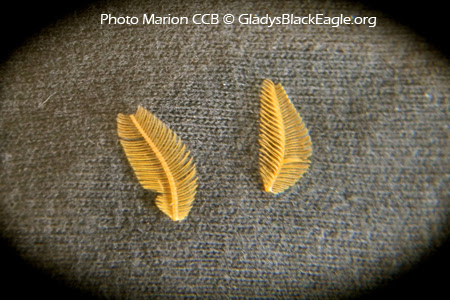
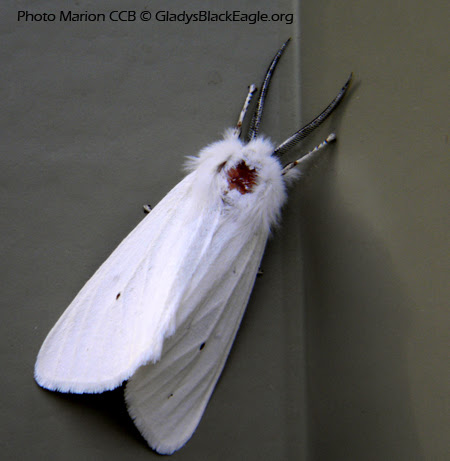
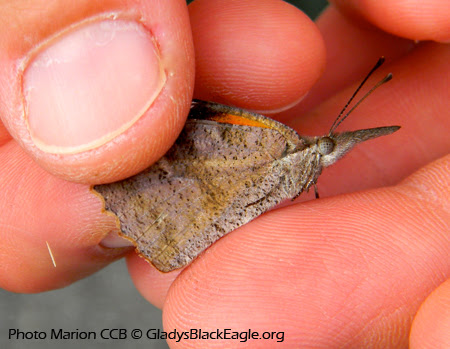
If the antennae are feathery (top photo) or comb-like (middle photo), this would be a tell-tale sign that it is probably a moth. The butterfly dons an antennae that is long, may appear segmented, and has a club-like shape at the end (bottom photo). Moths are usually a little duller in color and the wings are linked together. When resting, most moths have their wings lying flat, while the butterfly perches with wings together or opening and closing. If you locate the pupal form (the inactive form between larva and adult) of either, butterflies undergo complete metamorphosis in chrysalis form. A chrysalis is the hardened body of a butterfly pupa. Moths also undergo complete metamorphosis in a silk casing that a moth caterpillar spins around it before it turns into a pupa.
You can see the "Moth" album In Google Photos.
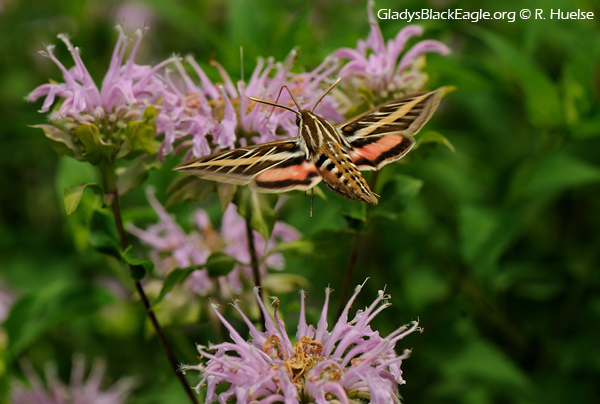
This pictures include some of our local moths that were located on outbuildings near security lights. If you are truly lucky, you may come across some of our largest and most beautiful moths - the luna, cecropia, polyphemus, and imperial moths. These moths do not have a proboscis, so they don’t eat in their adult form. The life span of the adults are about two weeks which gives the moths just enough time to find a mate and lay eggs to continue the cycle. The caterpillar forms of these species are large and amazingly beautiful. These moths use a chemical called ‘pheromones’ to locate each other in the dark. The female moth releases a pheromone from a special gland located on the abdomen, and the male moth of the same species can detect it through their specialized antenna and may fly miles toward the potential mate.
Now is the time for you to consider the first question asked! What do insects learn in school… MOTH-matics, of course! Enjoy your moth and butterfly searches.
Links for more learning!
- List of Butterflies of Iowa
- Iowa Insects and Bugs
- Butterflies and Moths of North America
- Blank Park Zoo - Plant. Grow. Fly.
- Bug Guide to Butterflies and Moths
- BioKIDS Butterflies and Moths
- Iowa State University Reiman Gardens Butterfly and insect links, articles
- How do butterflies / moths spread their wings after emerging?
See what butterflies you might find in Iowa!
published Friday, July 1, 2022

